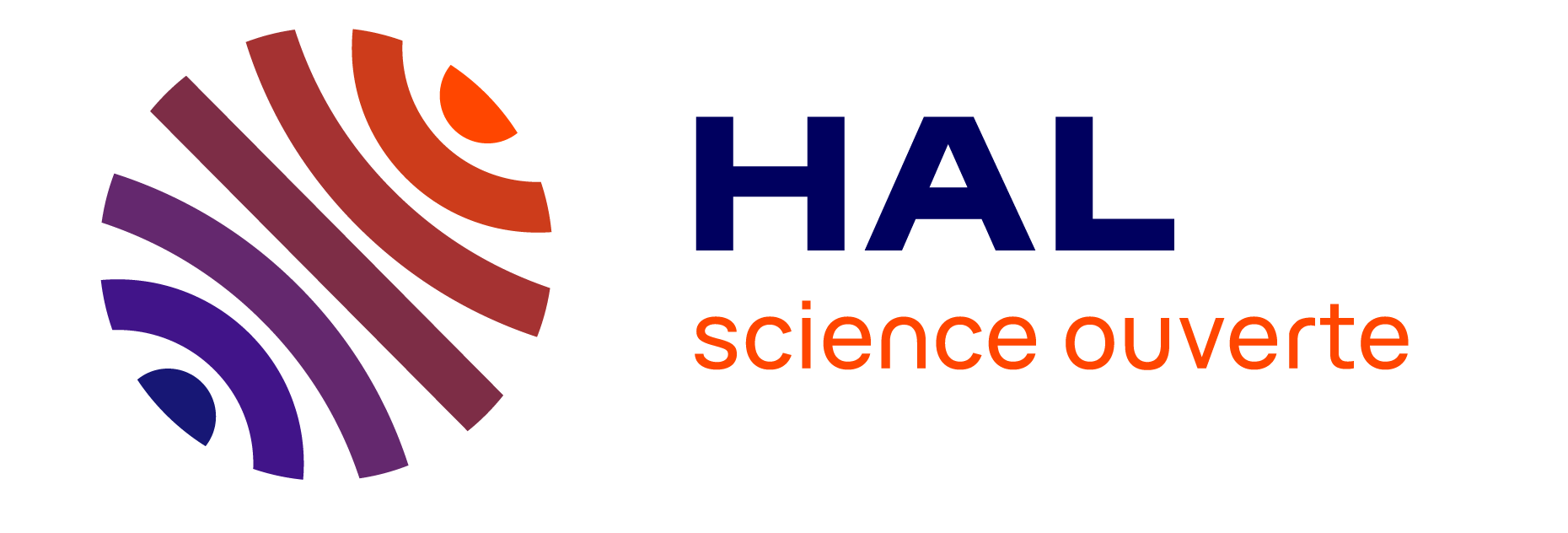Les activités de recherche du groupe « Signal & Communications » sont actuellement divisées en deux domaines principaux :
- Traitement statistique du signal et des images: représentation et analyse, problèmes inverses et imagerie computationnelle, apprentissage automatique
- Signal pour les communications: récepteurs numériques, performances dans des canaux de communication réels.
Traitement statistique du signal et des images
Les activités de recherche de premier plan en traitement statistique du signal et des images menées par le groupe SC sont actuellement consacrées aux thèmes de recherche suivants :
- Représentation et analyse de signaux et d’images
- échantillonnage non uniforme et reconstruction
- analyse spectrale: décomposition en modes empiriques, décomposition AM / FM
- analyse temps-fréquence: réallocation et synchronisation
- analyses multi-échelles, multi-résolutions et multifractales : invariance d’échelle, auto-similarité, régularité locale, analyse de texture
- Problèmes inverses et imagerie informatique
- Restauration : débruitage, déconvolution
- super-résolution pour l’image
- fusion d’images multibande (p. ex. pansharpening multi- et hyperspectral)
- Apprentissage automatique pour le traitement du signal et des images
- séparation aveugle de sources: analyse en composantes indépendantes (ICA), factorisation matricielle non négative (NMF)
- apprentissage de représentation: apprentissage de dictionnaire, apprentissage de sous-espaces, transformations adaptatives et rapides
- modélisation structurée : modèles parcimonieux, anti-parcimonieux et de faible rang
Ces problèmes sont abordés à l’aide de divers outils méthodologiques et théoriques tels que :
- Modélisation et calcul bayésiens
- inférence bayésienne (hiérarchique)
- modèles à variables latentes, modèles de Markov cachés, champs aléatoires de Markov
- méthodes non paramétriques bayésiennes: processus bêta, processus de Dirichlet et gaussien
- algorithmes pour chaîne de Markov (MCMC): Metropolis-Hastings, échantillonneurs de Gibbs (partially collapsed Gibbs sampler), algorithmes à saut réversible, Monte Carlo hamiltonien, proximal-MALA
- Optimisation déterministe et stochastique
- algorithmes splitting et proximaux
- méthodes lagrangiennes augmentées
- algorithmes de majorisation-minimisation
- intégrations et approximations de Monte Carlo
Ces activités de recherche sont menées dans différents domaines d’application, à savoir :
- Géoscience et télédétection
- imagerie hyperspectrale: démodulation spectrale, détection de non-linéarité et de variabilité, segmentation / classification, fusion (par exemple, pansharpening)
- analyse d’images multi-temporelles: détection de changement, démixage
- altimétrie conventionnelle et Doppler: modélisation et estimation des paramètres
- Imagerie biomédicale et ingénierie
- segmentation et suppression du mélange d’images 3D + t TEP
- échographie : acquisition rapide et détection comprimée, segmentation / classification
- détection et délimitation des ondes P et T dans l’ECG
- localisation de la source en EEG
- parcellisation cérébrale hémodynamique en IRMf
- analyse multi-échelles et multifractales de signaux biomédicaux (IRMf, ECG)
- analyse du facteur d’expression génique: identification de la signature de la maladie (ex. grippe)
- Diagnostic et surveillance
- détection et diagnostic de défauts dans les machines électriques
- traitement des données anémométriques et inertielles dans les systèmes de commande de vol
- modélisation du vieillissement pour le pronostic en génie électrique
- Traitement audio et musical
- décomposition du signal musical
- séparation de source multicanal
- restauration audio
- reconnaissance des accords de musique
- Microscopie et spectroscopie
- Analyse d’image-spectre EELS
- analyse spectrochimique
- imagerie par microscopie à force de résonance magnétique (MRFM)
- Art investigation et patrimoine culturel
- synthèse vidéo audio-guidée pour l’art moderne
- analyse de texture et classification de tirages photographiques
Traitement du signal pour les communications numériques
Les activités de recherche en communications numériques, menées au sein de l’équipe SC, concernent la conception de formes d’onde, le codage de canal, les communications multi-utilisateurs / l’accès multiple / les communications coopératives, la synchronisation et l’égalisation.
- Modulation et codage
- conception de forme d’onde par bloc circulaire Faster-Than-Nyquist
- FTN dans le régime non linéaire
- Schémas de modulation spatiale en monoporteuse dans le domaine fréquentiel pour un compromis PAPR / performance
- codes sur les graphes pour les modulations à phase continue codées (CPM) dans des canaux cohérents et non cohérents
- Schémas BICM pour la CSk
- Schémas de codage structuré pour canaux non ergodiques
- Détection parcimonieuse pour la localisation des utilisateurs en intérieur et en extérieur sur des canaux MIMO à trajets multiples
- Couplage spatial pour systèmes concaténés en série
- Conception de formes d’onde et codage pour IoT (BPSK, modulation par modulation à décalage de code, modulation Chirp Spreaded, basée sur la FSK …)
- Radar MIMO
- Accès multiple et accès aléatoire
- Méthodes d’accès aléatoire: schémas MARSALA, MUSCA et SPOTiT
- IoT par satellite
- Identification, égalisation et détection
- schémas itératifs pour modulation à phase continue codée (CPM)
- détection itérative d’un système BICM sur des canaux sélectifs en fréquence
- méthodes de détection et de synchronisation de faible complexité dans le domaine fréquentiel
- Algorithmes dépliés pour les algorithmes de détection basé EP
- Schémas de détection de type message passing (EP / BP)
- détection dans des canaux non linéaires à l’aide de réseaux neuronaux (NN)
- détection dans les canaux non linéaires à l’aide d’un détecteur linéaire à faible complexité basé sur MAP auto-itéré ou MMSE pour Nyquist et Faster than Nyquist
- classification des modulations
- Systèmes multi-porteuses et bancs de filtres
- multiplexage par répartition orthogonale de la fréquence (OFDM)
- Accès multiple par division de code à porteuses multiples (CDMA)
- Communications coopératives
- géométrie stochastique pour la modélisation d’interférences
Les applications, dans le cadre général des communications sans fil et par satellite, concernent principalement :
- Communications par satellite
- formes d’onde codées pour la télémétrie (Ariane)
- diffusion
- Internet des objets par satellite utilisant des constellations LEO (Low Earth Orbit)
- Communications sans fil
- véhicule aérien sans pilote (UAV)
- Suivi des cibles mobiles basées sur les UAV
- génération et gestion de trajectoires de drones adaptatifs
- Internet des objets (IoT)
- réseaux ad hoc
- réseaux véhiculaires
- La navigation
- GNSS
- Evolutions Galileo
